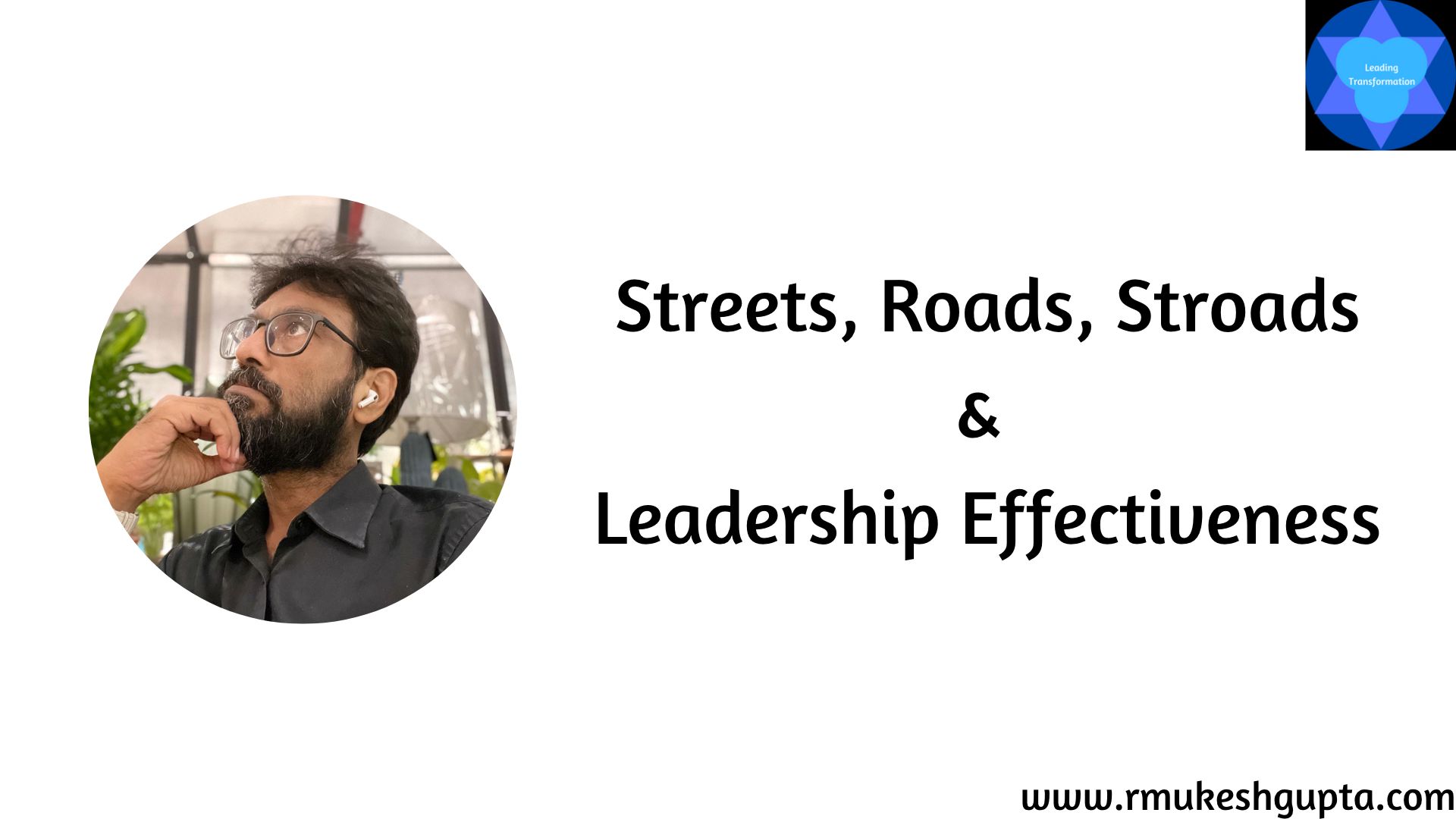Selling has a lot in common with performing arts than visible at first glance.
One of the most important goal of a performing artist is to take their audience on a journey with them, the more immersive the experience, the more successful is the performance.
The same is with selling. The goal of a sales executive should also be to take the customer on a journey with them. The more immersive this experience, the more successful will be the sales executive.
Some lessons that sales executives can learn from performing artists who are very successful are:
- Weave a story: There is always a story that flows through any performance. The more interesting the story, the more interesting the story-telling, the more likely that you have a hit performance. So it is with selling. Every sales executive should lead his interaction with his customer with a story and hone is story telling skills.
- Create and manage emotions: The artists know exactly what they want their audience to feel at any given point of the performance. Emotions are a very integral part of every successful performance. No performance is deemed successful until the audience did not feel about the performance. Selling is not just about logic, value and RoI. It is also about managing the emotions of the buyers. More often than not, it is the emotions that decide the final outcome irrespective of the logic, value or RoI. So, do not ignore this important facet of selling. More important than empathizing with the customer is to take him/her on an emotional journey knowing fully well, what you want them to feel at every stage.
- Continuous Experiment & learning: The artists continually experiment with their approach to learn what works best for them and then try to keep improving. So should sales executives. What works with a customer might not work with a different customer. It is always good for the sales executive to know his and his organizations strength and to continue to explore different approaches within these areas to have a repertoire that he can dig into in any given customer scenario.
- Hidden planning & activity: There is a lot of planning and behind the scenes activity (frenetic) that goes on to enable the performance that is hidden from the audience. All the audience sees is what it needs to see and feel what they need to feel. So should the sales executive manage the performance. He needs to manage the entire show without the customer needing to know about the frenetic activity behind the scene. He/She does not need to know the kind of madness (controlled or otherwise) going on within your organizations.
- Practice, Rehearse & more practice: It takes enormous amount of practice, rehearsals and fine-tuning to bring to life a good performance. So it should be with sales executives. The sales executives should also put in a lot of practice, rehearsals and fine-tuning before they go in front of their customers. They should also keep fine-tuning their pitch as they get feedback from their interactions with the customers.
These are some lessons that I have taken from being a performing artist & a sales executive myself and they have served me really well so far.
Everything mentioned above for sales executives can also be held true for Customer service executives. They can take similar lessons from the world of performing arts to create a stunning experience for their customers.
What do you think? Do you agree with my observation or do you have a different experience? Do let me know by commenting below or tweeting your thoughts to me at @rmukeshgupta.



